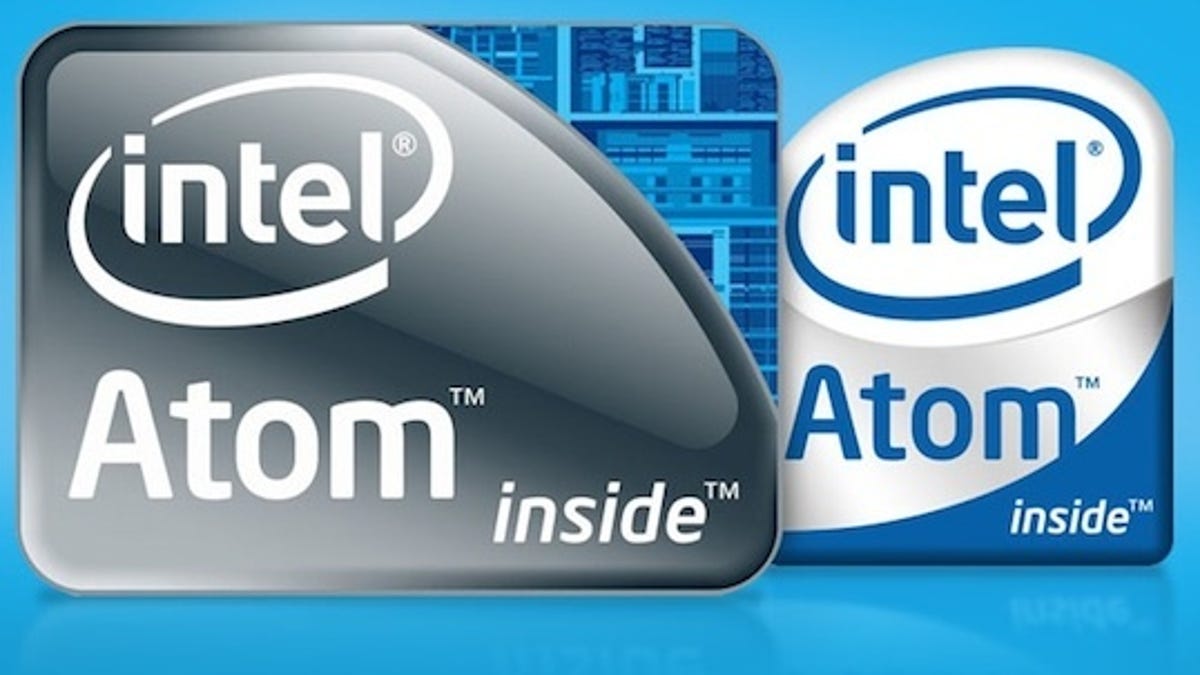This is Intel's chip aimed at Windows 8 tablets from HP, others
Details surface about Intel's dual-core chip for Windows 8 tablets.

When Intel announced its newest chip for phones it also pre-announced, in part, the chip that will power future Windows 8 tablets from companies like Hewlett-Packard.
This week Intel disclosed details of the Z2580 Atom chip for phones. All in all pretty impressive: it's Intel's first dual-core chip for phones, uses Hyper Threading (which can allow a dual-core chip to act like a quad-core in some cases), runs up to 1.8GHz in burst mode, and, importantly, packs Imagination's speedy PowerVR SGX 544MP2 graphics processing unit.
That phone chip is what Intel calls "Clover Trail L." But there's also something called "Clover Trail W." The latter chip will power Windows 8 tablets from HP and others.
What's the difference? The phone chip will have a dual-core Imagination graphics engine, while the initial tablet version will have a single-core Imagination graphics engine. (And there will likely be other differences on chip and off chip. For example, the phone chip comes with Intel's "4G" LTE chip. It's not clear what Clover Trail W will use--or what device makers will use, for that matter--for broadband. )
So, why will the phone chip have a different graphics engine? That phone is more of a futuristic chip that won't appear for about a year, while Clover Trail W is more near-term, coming out when Windows 8 for X86 is released, likely later this year.
Of course, Intel is not talking publicly about this because it hasn't officially rolled out its Clover Trail chip for tablets. (Not to mention the fact that it can be confusing, for the reasons stated above.)
Here's what somebody familiar with Intel's strategy told me: "The way the phone announcements are done is you announce the silicon a year out and then you go dark until you deliver it."
Whatever the case, the Clover Trail W chip for Windows 8 should appear prominently in Microsoft's Windows 8 "Consumer Preview" (beta) press conference on Wednesday.
And for good reason. It's beginning to look like Windows on ARM may be delayed--though Microsoft will never admit as much. This situation makes Intel chip offerings increasingly important at the outset. (ARM chips are provided by companies like Qualcomm, Texas Instruments, and Nvidia.)
Last week, HP's CEO Meg Whitman told The Wall Street Journal that though a Windows 8 tablet on X86 is slated for the December holiday, that's not necessarily the case for ARM. "Windows 8 on ARM. It's not immediately clear when that will launch," Whitman said.
Note: Imagination GPUs are widely used by tablet makers: Apple's iPad 2, for example, is thought to have a PowerVR SGX543MP2 graphics engine. And Texas Instrument's upcoming OMAP 4470 chip, which will be used in Windows 8 tablets, uses an Imagination PowerVR SGX544, just like Intel's Clover Trail.

